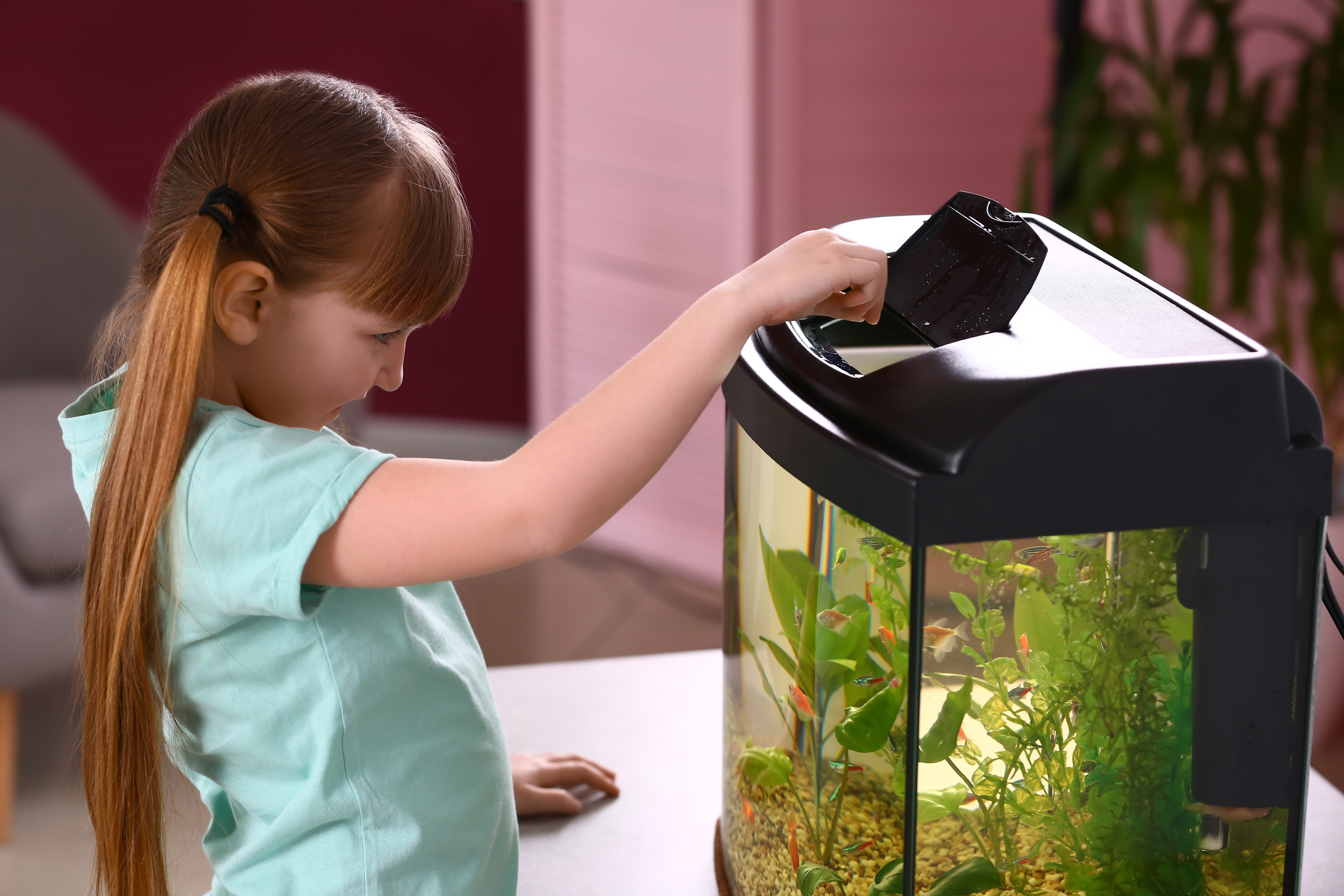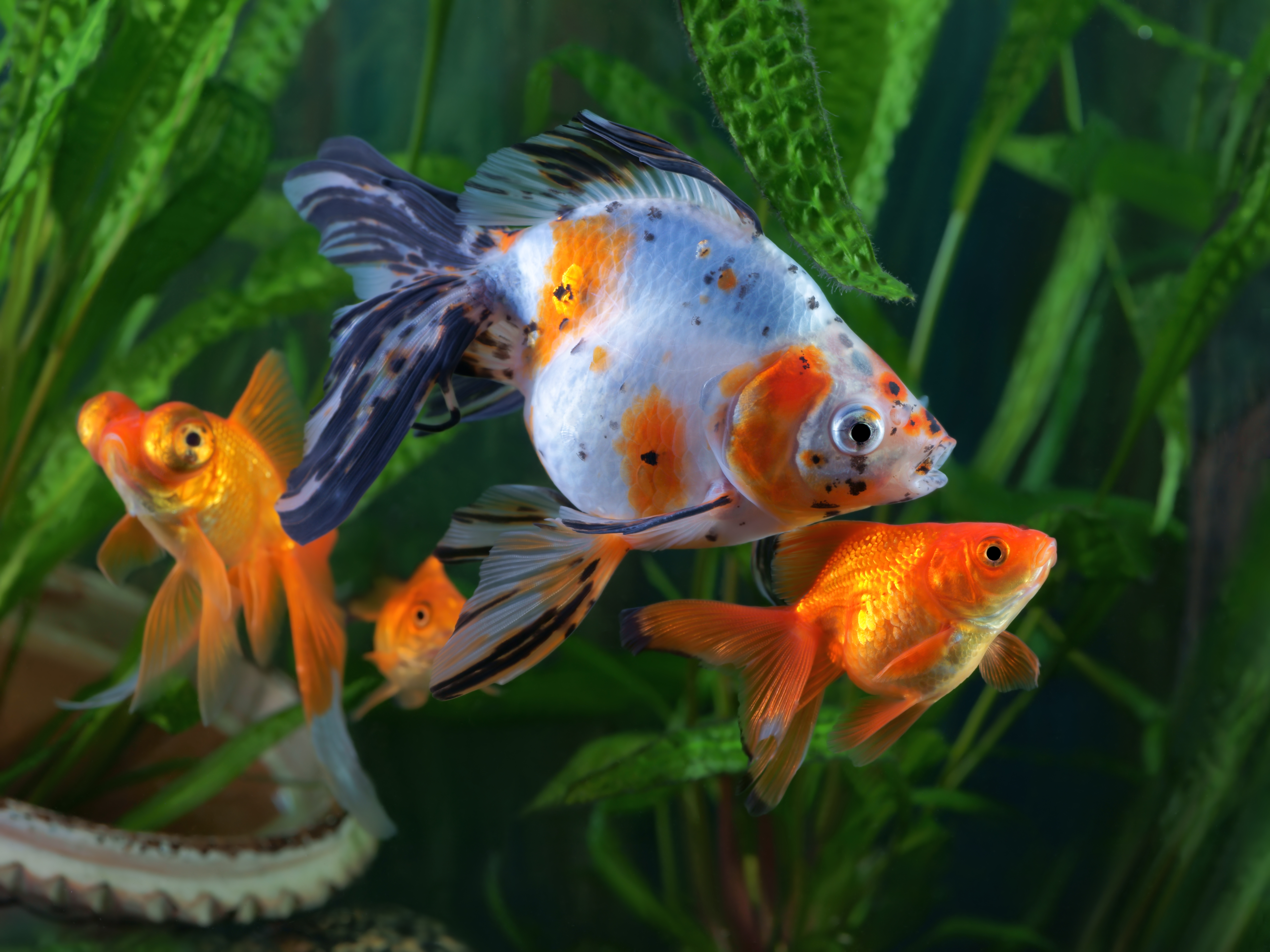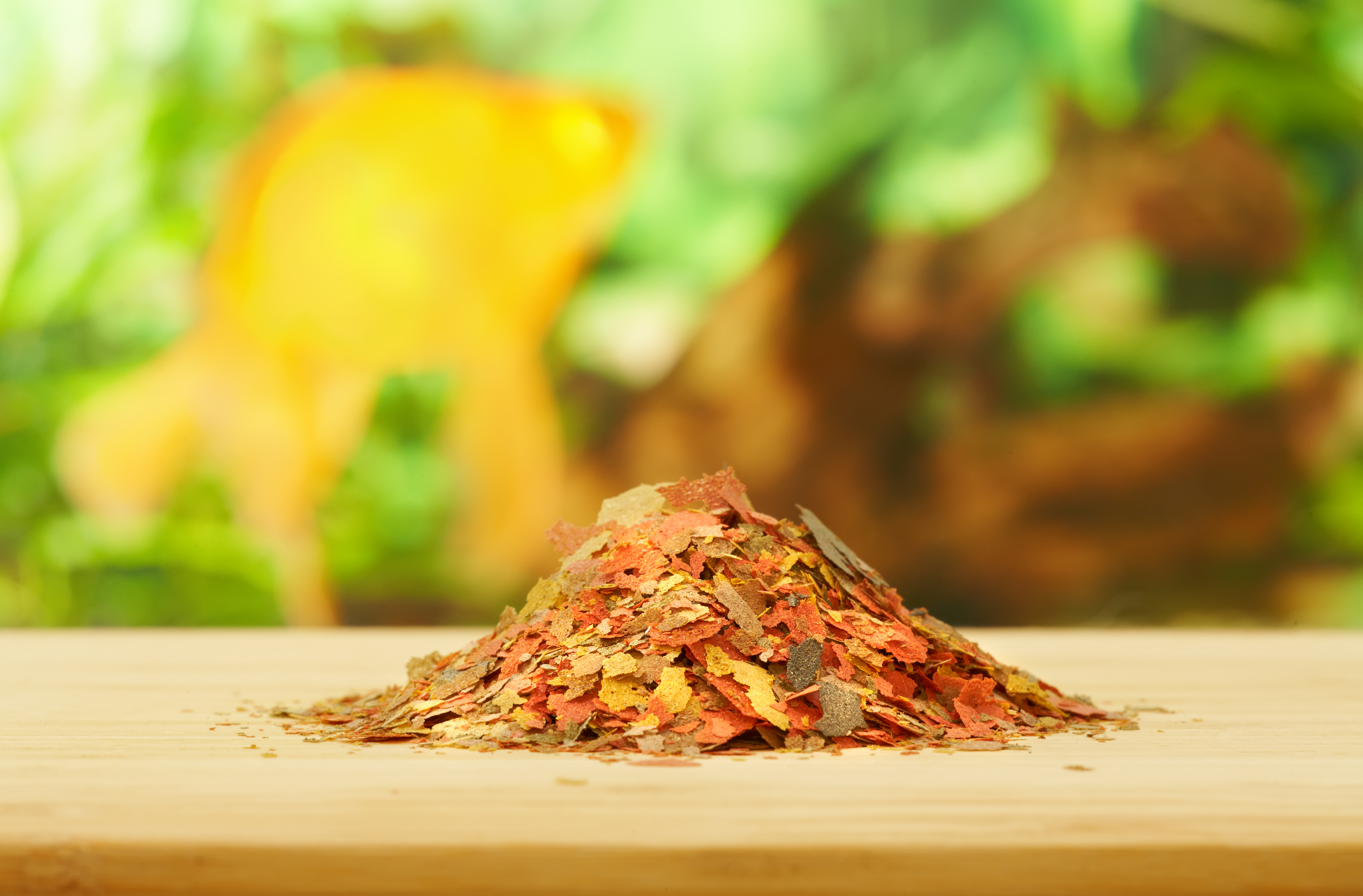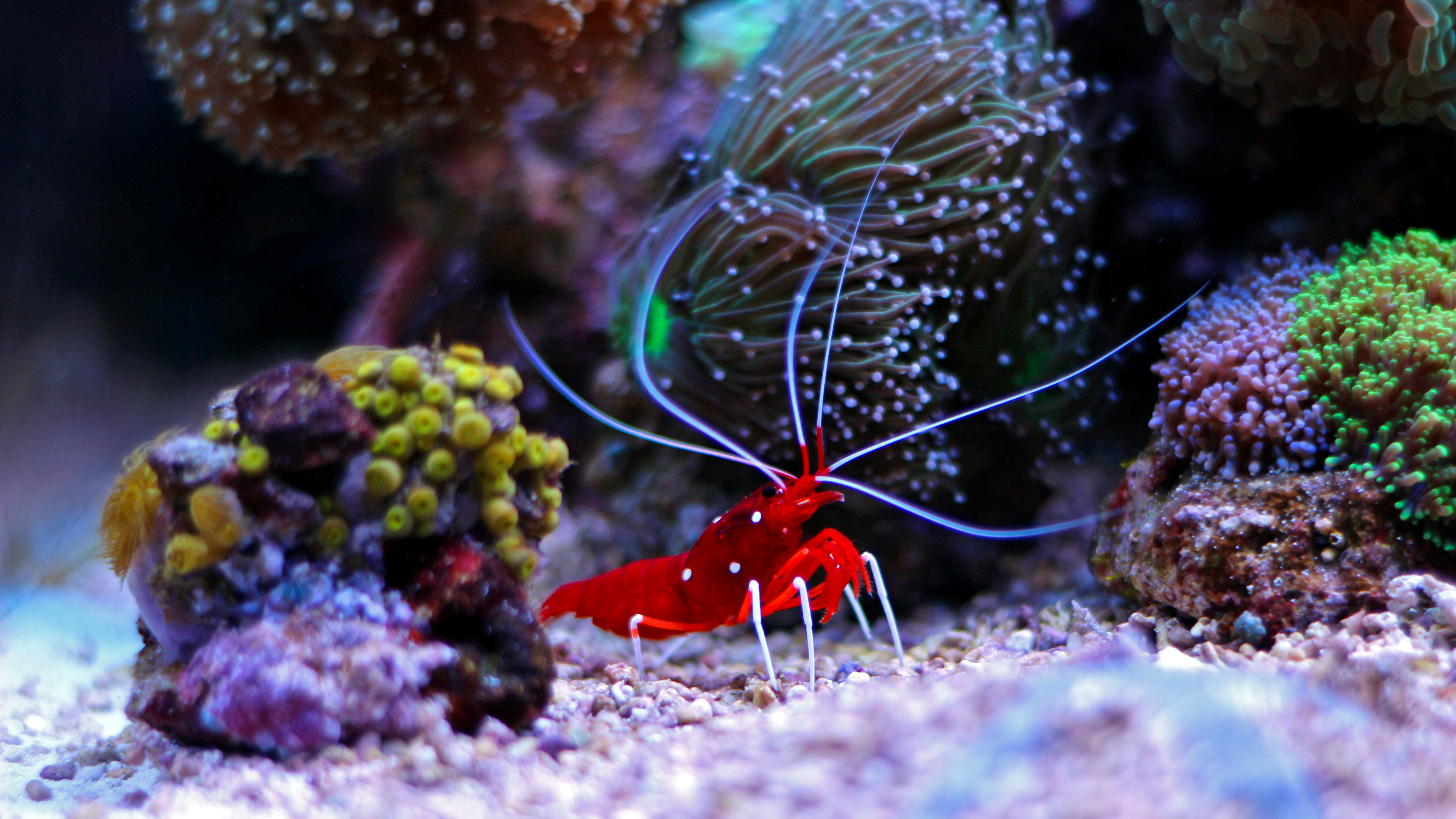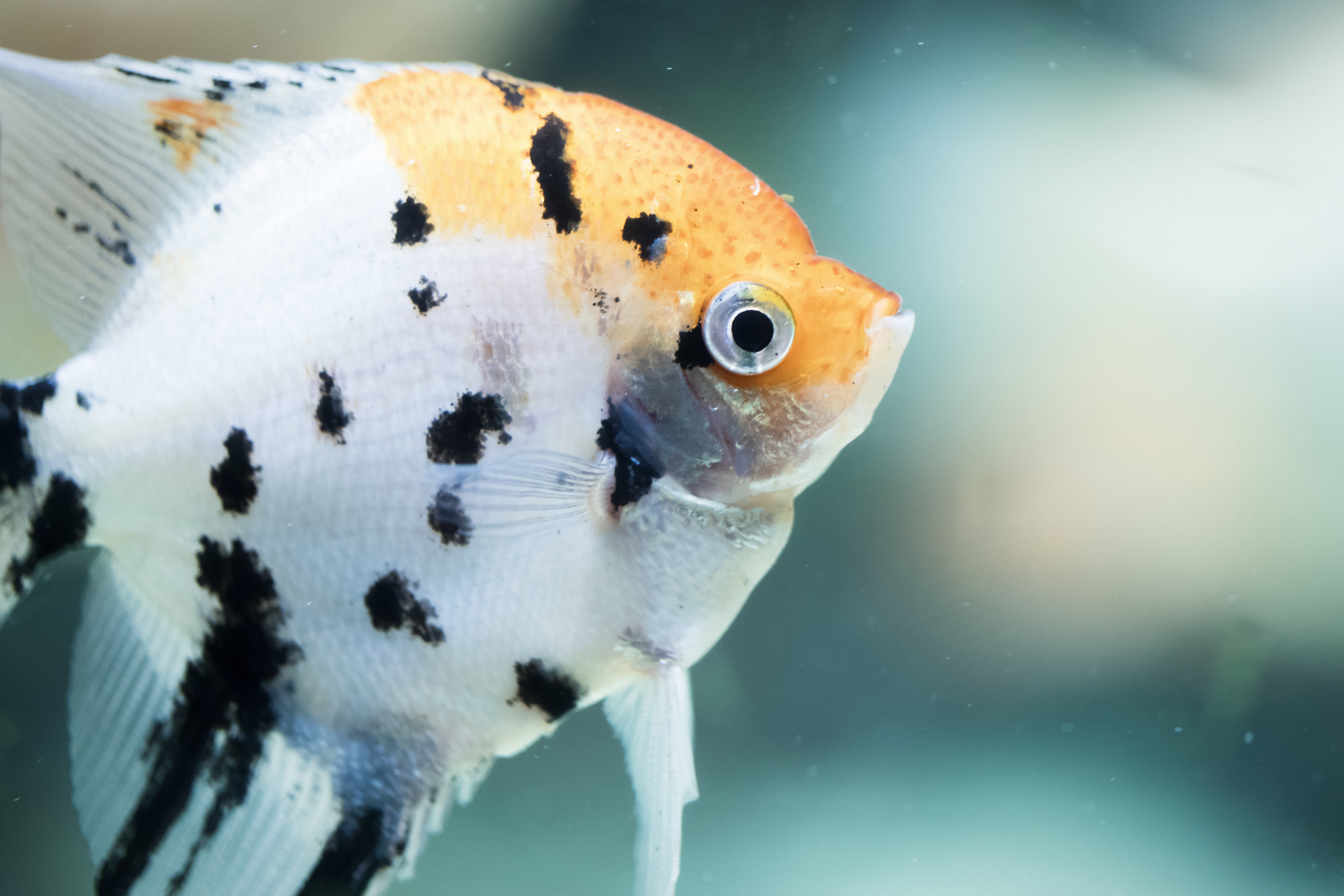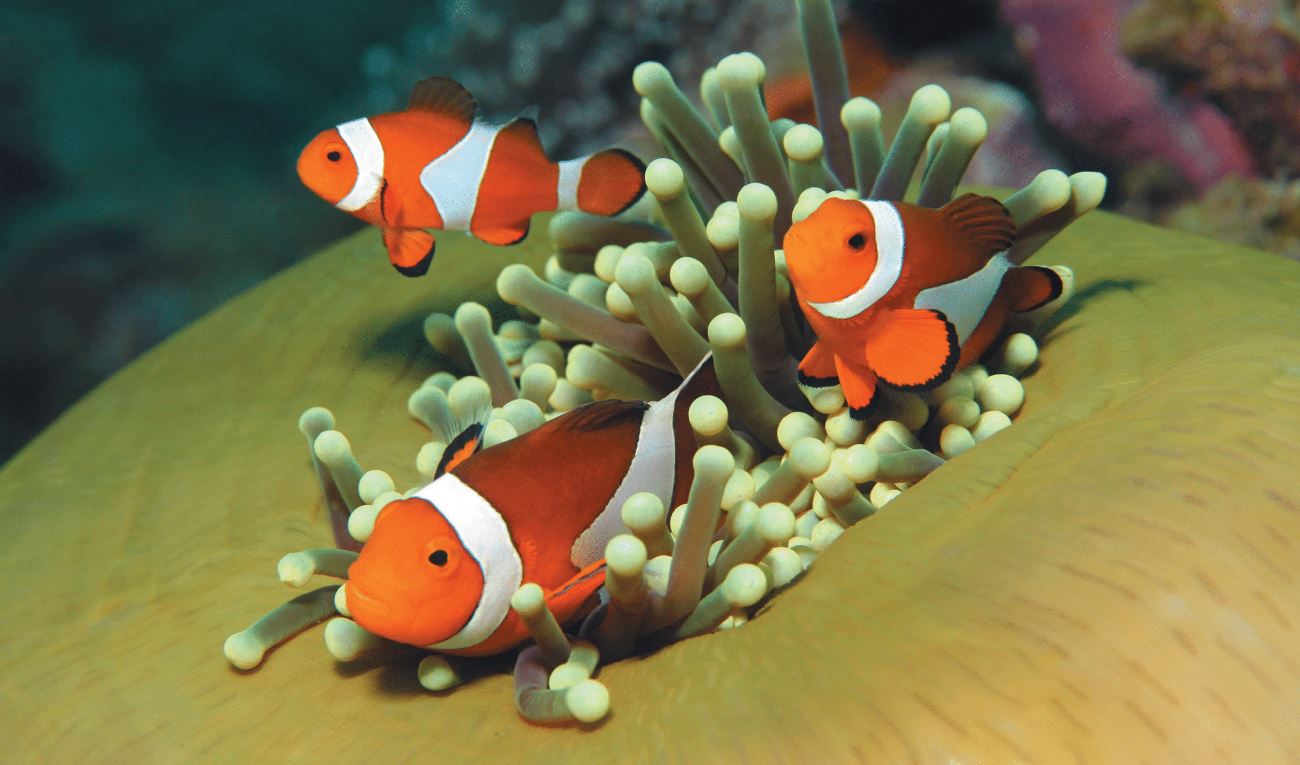Get Growing with Reefs
Karen M. Alley //July 2, 2015//
 Imagine snorkeling off the coast of a Caribbean island. You’re already in a great mood because you’re on vacation, miles away from the stresses of everyday life. When you finally get in the water, the cool waves wash over you as you follow your guide to what he promises to be a spectacular view, and it is.
Imagine snorkeling off the coast of a Caribbean island. You’re already in a great mood because you’re on vacation, miles away from the stresses of everyday life. When you finally get in the water, the cool waves wash over you as you follow your guide to what he promises to be a spectacular view, and it is.
All of a sudden, you’re swimming right next to some of the most interesting, colorful fish you’ve ever seen. Bright blues, oranges and yellows flash by, and big, flat fish with round, bulging eyes and thicker fish with big mouths all seem content to share their stunning aquatic surroundings with you.
The entire area is teaming with life as the fish swim among swaying corals and anemones. There’s just something magical about experiencing that tropical environment, full of movement and color. As aquarium hobbyists know, you don’t have to take an expensive snorkeling vacation to experience it.
Reef keeping is a growing hobby, as more people learn the joys of having these eye-catching habitats in their own home. Watching tropical fish swimming through beautiful corals can be entertaining and relaxing, both at the same time. Advances in technology have improved equipment—including lights, filtration systems, water pumps and circulators—which helps people see greater success with reef keeping. And a larger variety of aquacultured fish, corals and other invertebrates has helped make the hobby more accessible.
Colorful Corals
Of course, while the equipment, water treatments systems and food are all an important part of having a healthy reef system, the real star of the show is the livestock and this is where retailers can differentiate their stores from other establishments and online businesses.
“Corals are one of the areas where a strong retailer can demonstrate a clear advantage over alternative sources,” said Michael Griffith, marketing specialist, Segrest Farms. “Superstores rarely have live corals and it’s hard to know what you’re getting if you shop on the Internet. Retailers who can stock a wide range of high-quality, healthy corals and have employees that are knowledgeable about the products can really set themselves apart from the competition.”
It’s easy to set yourself apart when some of the top producers are constantly coming out with new varieties. Last year, ORA was able to introduce three new corals for retailers to offer their customers: the ORAnge Setosa, the blue polyp Capricornis and the shortcake Acro, which combines greens and pinks within its branches. Segrest Farms has also seen interest in the branching Euphyllia species that includes the hammer, frogspawn and torch corals, all of which have great colors and bring movement to the tank.
It’s important for retailers to have a selection that appeals to all levels of reef keepers, from the experienced hobbyist to the beginner. Sustainable Aquatics, which is well known for its clownfish, is expanding its catalog to include a larger variety of species, including corals. They are focusing on easy-to-care for corals for entry-level hobbyists.
A&M Aquatics is also aware of the need for making corals available in different sizes and price points.
“On one end of the spectrum we have tank-raised coral big enough to go directly into a display tank but on the other end of the scale we are selling smaller pieces at a lower price point to allow retailers to compete with local fraggers,” said Bill Backus, president of A&M Aquatics.
And Segrest Farms offers frag packs that enable retailers to offer several different types of corals for a lower price than buying them individually.
Fantastic Fish
Another way to differentiate your store is to become known as the place to find new and rare varieties of fish. Serious marine aquarists are always looking for something new and different to add to their tank and, thanks to improved breeding techniques, a number of species that are hard to get have become more available over the past few years.
“We offer a variety of cardinal fish, blennies and gobis, all from captive-bred sources,” Griffith said.“And, of course, there’s always a seemingly endless variety of clownfish. One of our most recent additions is the nebula percula clown.”
Sustainable Aquatics is excited to introduce the longfin clownfish later in 2015, a new addition to its extensive clownfish collection.
In 2014, ORA added 13 new fish to its catalog, including the white-spotted pygmy filefish. This species is rarely distributed outside of Japan but it is thriving with ORA’s aquaculture methods. This year looks to be just as exciting, with a new goby and a dragonet species coming out on the market soon.
Reducing the Impact
Today’s customers are looking for color and unique species but they are also more concerned than ever before about making purchases that are good for the planet. While wild-caught fish are still a large percentage of what is available for consumers on the marine side of things, especially when it comes to the popular yellow and blue tangs that haven’t been produced in captivity, sustainable farming practices and aquaculture are growing to supply retailers and hobbyists with the products they want.
“Aquaculture is important from a sustainability standpoint,” said Dustin Dorton, president, ORA.  “We sell a large number of clownfish every year and we’d be stripping the oceans of clownfish if it weren’t for producers.”
“We sell a large number of clownfish every year and we’d be stripping the oceans of clownfish if it weren’t for producers.”
Another benefit of aquaculture is its reliability. Not only are retailers able to get what they need, when they need it but when it comes to corals, farm-raised products help ensure retailers are providing pest- and parasite-free corals to their customers. While many hobbyists will already be aware of the differences in wild-caught versus captive-raised fish, it is important for retailers and their employees to be able to explain the differences. A greater understanding of industry practices and the reef environment isn’t just beneficial to retailers, who can help customers enjoy a long-term hobby of reef keeping, it is also good for our planet.
“People protect what they appreciate and seeing a healthy reef tank is often the first—and maybe only—way many people will experience a coral reef, leading to an appreciation that encourages us to want to protect our planet’s reefs, which is something we might not think about otherwise,”
said Backus.





